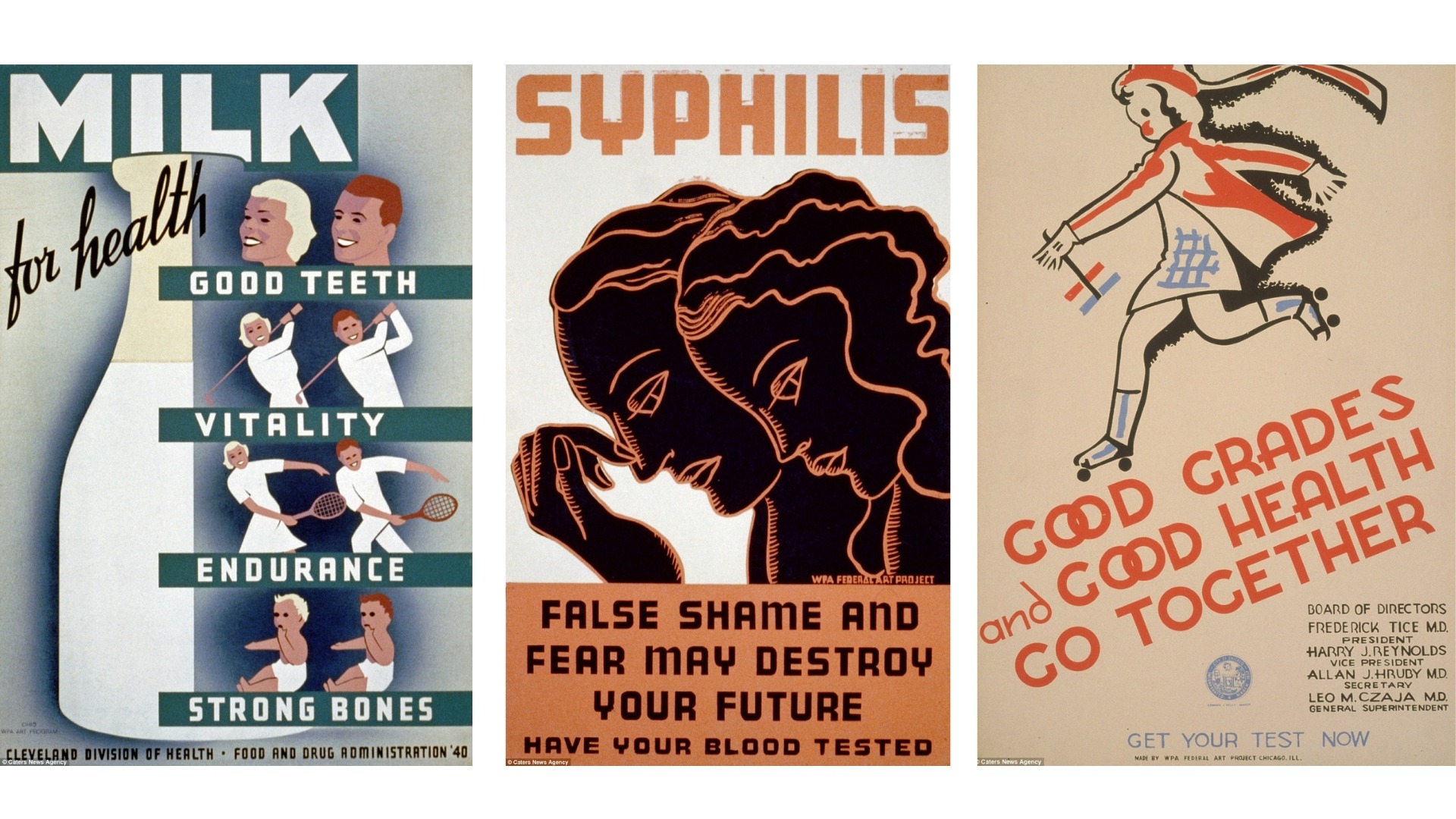When you hear the phrase ‘genetically modified organism’ (GMO), what images come to mind? Mice with human ears attached to their backs, perhaps? Well, maybe not quite that far, yet there is undoubtedly an underlying fear surrounding GMOs.
So what exactly is a GMO? Put simply, it is an organism (plant or animal) that has had its DNA altered in a way that would not occur naturally. For example, transferring a resistance gene from one plant to another.
Fear surrounding genetic modification could be related to ‘fear of the unknown’, i.e. not knowing what affects could arise as a result of interfering with DNA. For example, gene manipulation leading to the formation of new compounds that could be detrimental to human health, or the possible formation of new allergens.
However, all GM foods go through a strict regulation process before being approved for consumption. The European Food Safety Authority ensures they do not present a risk to health and that they have an equal or higher nutritional value than their non-GM counterpart.
Through genetic modification, multiple advantages can arise, including increased productivity/nutritional value and a reduction in the need for harmful pesticides. From a scientific perspective, genetically modified (GM) food therefore has the potential to alleviate global hunger and malnutrition – yet this concept is rarely heralded in the media.
The public perception of GM food is generally much more adverse/cynical than that of the scientific community. The difference likely exists because of the way in which GM foods are mentioned in the media, having been referred to as ‘Frankenstein foods’ by some news outlets.
We regularly see scare-tactics in the media, even subtle ones, such as using the word ‘shocking’ to refer to the extent of GM products, casts the idea that GM is something to be afraid of.
It seems that marketers have cottoned on to the fear surrounding genetically modified organisms (GMOs), with certain labelling stating ‘does not contain GMOs’. This showcasing of what a product does not contain, inadvertently implies that GM is bad.
The difference in portrayal has been demonstrated in an analysis of the semantics relating to GM food across various sources, including top pages from Google searches, online news and federal websites.
It was found that there was very little overlap between the semantics used across sources, with online news titles using words which were more suggestive of controversy, such as fight, challenge, kill, etc. Contrasting sentiments were also portrayed across different online sources; thus highlighting that perception of a highly controversial topic can depend on the sources used to seek information.
The perception of GM food displays a large gap between public opinion and scientific consensus, it is therefore likely that the damaging portrayal of GM food on the internet can heavily influence negative perceptions of this technology.
As a communications industry, we can play a role to clarify and demystify, particularly in the current context, where negative perceptions and stereotypes may be perpetuating unsound decisions on food sustainability. After all, with global food security being a prevailing concern, GM may have to be the future. If this is to be the case, it is about time public awareness caught up with the science.

